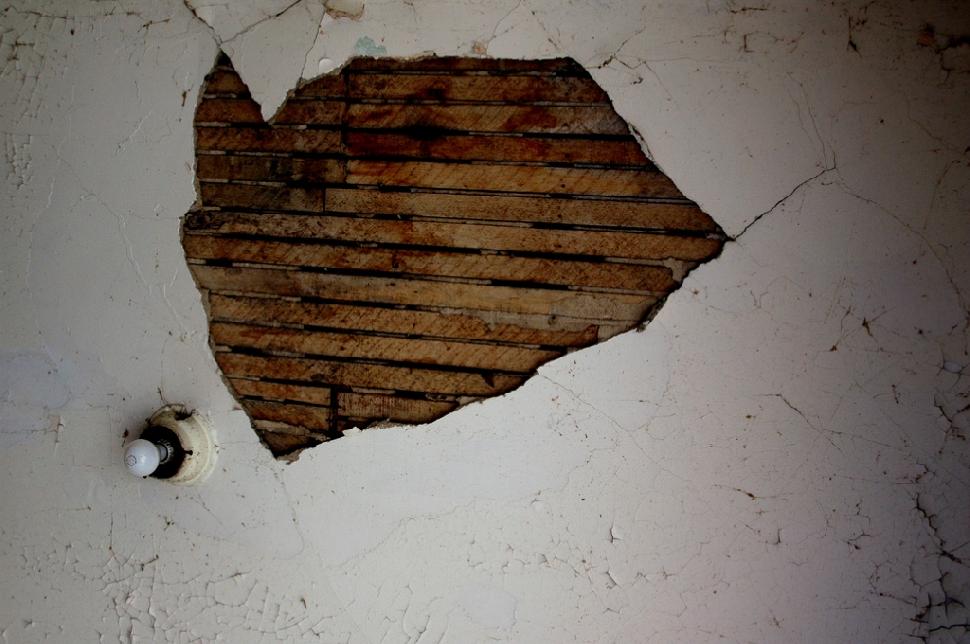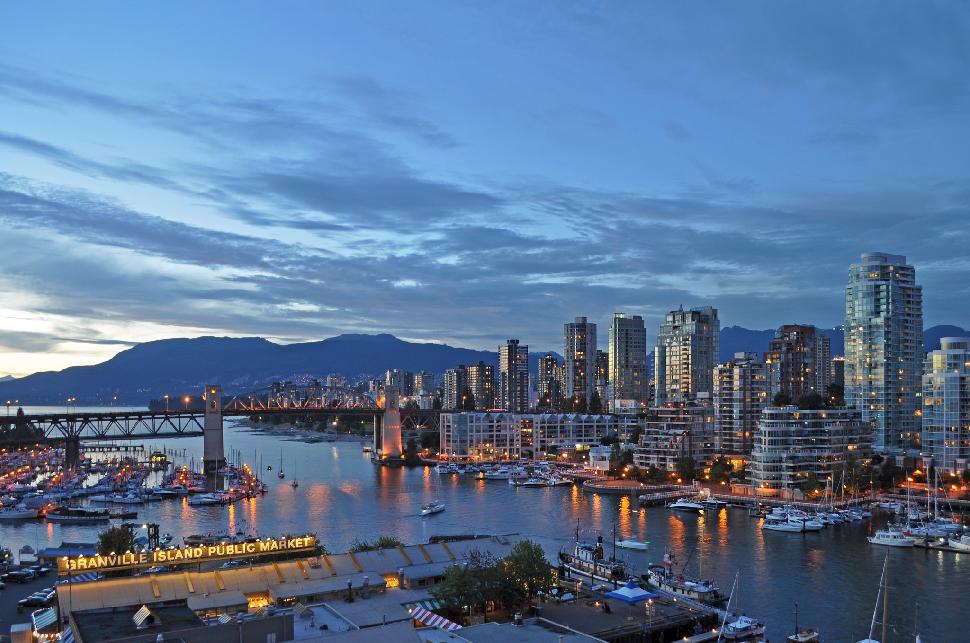Nestled up in Lynn Valley, North Vancouver, last week’s 4.8 magnitude quake would have completely escaped me if it wasn’t for a gently rattling basement window. As quickly as it started, it passed. My initial response? “That was weird.” In fact, I had to look online to confirm the experience. Sure enough, Twitter had lit up and a sudden flood of web traffic had shut down a popular quake tracking website. Now that I was sure I hadn’t dreamed it all up, practical thoughts crossed my mind. Was it a tremor preceding British Columbia’s Big One? Should I go back to sleep? Should I bottle some water and sleep with shoes on? Are door frames the best place to take cover? Or is that no longer recommended?
Bottom line, it seems, now more than ever, is a great time to refresh our earthquake preparedness.
How to Prepare for an Earthquake
Obviously, earthquakes are always unexpected and one can never be sure just how powerful the next one will be. One thing we do know, is that tremors happen daily in our province. (See them here.)
If you’re British Columbia-born you’ve likely been hearing fear-inspiring rhetoric about the fabled Big One since you were a child huddled under an elementary school desk. It’s almost considered a ‘given’ for electing to live in a low-lying coastal area next to a subduction zone. That being said, there are a number of ways families can prepare their homes in advance of a strong shaker.
Reduce Hazards in Your Home

- Keep your home repaired. This means not only making repairs to cracked foundations or walls, but also to any defective electrical wiring, leaky gas lines, and assuring the flexibility of utility connections.
- Bolt down large appliances. Spend the extra effort to secure large appliances that are at risk of falling and creating larger problems. This includes water heaters, refrigerators, the furnace, and any gas appliances. It is particularly recommended to have a gas shut-off valve that will automatically turn off during strong vibrations as gas leaks present a serious threat after a quake.
- Fasten top-heavy objects. While your collection of fossils and agates certainly look nice on the top shelf of your bookcase, top-heavy objects will be the first things to fall in an earthquake. Tossed objects or falling bookshelves have the potential to seriously injure. Instead, move heavy items to the lower shelves for added stability and fasten things like large mirrors and picture frames securely to walls. (Especially any you choose to hang above your bed.)
- Check your foundation. Residences near fault lines should be built with foundations that are specially made to endure earthquakes; those further away from the fault may not be. While replacing a foundation can cost a fortune, check at least that your house is firmly anchored to it.
What should be in my earthquake emergency kit?
While homeowners can exhaust endless time and money earthquake-proofing, a well-stocked emergency kit is vital. Every home should have one, but after recent shakes, it may be time to brush the dust off and ensure expired items are replaced.

- Three days of food and water per person, including pets. Be sure to replace every six months.
- First aid kit
- Portable radio and flashlights with spare batteries
- Extra essential medications
- Extra medical devices like eyeglasses or inhalers
- Matches or a lighter
- Sturdy work gloves
- A shovel, axe, and crowbar or a multi-tool that combines one or more of the previous
- Extra sets of house and car keys
- A small stash of cash and loose change
- Copies of essential papers (ID, birth certificates, marriage license, insurance, ect.)
What to do During an Earthquake
Did the earthquake have you panicking about what to do during the Big One? Perhaps you’d scrambled outside into the open or make a run towards the nearest doorway. Unfortunately neither of those actions are recommended or safe. During an earthquake the long standing mantra is Drop, Cover, and Hold On, but what does that even mean?
The greatest risk of injury during an earthquake comes from falling and flying objects. Moving during a quake increases the risk exponentially and puts those who do at risk of tripping as the ground shifts beneath their feet. Instead of trying to flee somewhere you perceive to be safer, “drop” to the ground, “cover” the back of your head and neck, and “hold on” to your shelter. Earthquake shelter, most commonly, is a table or a desk. You will be safest underneath, but if no such shelter is found nearby try huddling near a low wall or piece of furniture well away from any unsecured objects.
If caught outdoors in an earthquake, stay outside. Unfortunately, the safety protocol is not so easy to follow – unless you happen to be strategically placed in the center of a barren field.

If in a city, move away from buildings as the architectural features like facades and windows. As well as moving away from buildings, create distance between yourself and large trees and power lines. In even a moderate-sized British Columbian city, this can seem next to impossible. If nothing else, drop to your knees to avoid falling from the vibrations. Then try to crawl to an area that is as clear and open as possible.
Misconceptions about earthquakes
Thanks to blockbuster movies and media, many think themselves prepared for a significant earthquake. Further, instead of showing realistic information, films often demonstrate our preconceived notions of what to do during a quake. Unfortunately, many of these notions are made on misconceptions and outdated earthquake safety information. (Not to mention highly dramatized!)
One of everyone’s biggest worries is the collapse of a building. This fear can cause people to panic and flee to another room or even outside, where they perceive themselves to be safer. Building collapse is less of a danger here than it is in less developed areas of the world. This is much in thanks to strict building standards in British Columbia. You are infinitely more likely to become injured while attempting to leave a building during an earthquake than the risk of being trapped in a collapsed building.
On that note, one of the biggest misconceptions is that you need to stand in a door frame for optimum protection. This comes from enduring images out of California where the door frame was the only area left standing of a collapsed adobe house. This misconception is technically true if you live in older wood-frame houses. However, in modern construction the door frame is no longer the strongest part of the structure. That being said, the door frame does not protect from flying objects and by standing, you put yourself at risk of being thrown around. You are much safer under a table.
What to do After an Earthquake?
For most minor quakes, life will return to normal within minutes of it passing. However, during significant quakes, families will need to spring to action.
- First and foremost, check your family and yourself for injures. Provide first aid for those who need it.
- Check your home for structural damage inside and look for any water, gas, or electrical damage. If damaged, be sure to shut off the utility right away. If you smell gas, do not try to turn off the valve. An old value may risk dangerous sparks. Open all doors and windows, leave the home immediately, and contact the authorities.
- If your home shows signs of structural damage, leave immediately.
- Your family should have a designated meeting point somewhere outside of your home, away from power lines and other outdoor dangers.
- Depending on the power of the quake, phones may or may not work. Regardless, you should only use your phone in an emergency to allow others with greater need to get through to authorities. For information, instead use the radio inside your emergency kit.
- Don’t call 911 to report feeling an earthquake.
- Stay away from beaches/make for higher ground. As we have learned from past, tsunamis and seiches occasionally hit after the shaking stops, compounding the devastation.
- Expect aftershocks. Even moderate quakes will be accompanied by slight aftershocks making it so crucial to leave damaged buildings and to shut off damaged utilities.
Additional resources
To read more about British Columbia’s earthquake emergency preparedness, response & recovery plan, click here
To participate in the annual earthquake safety ShakeOut event (October 20) visit this website: shakeoutbc.ca
To see recorded earthquakes across Canada and for data and tips, visit EarthquakesCanada, operated by the federal government.

